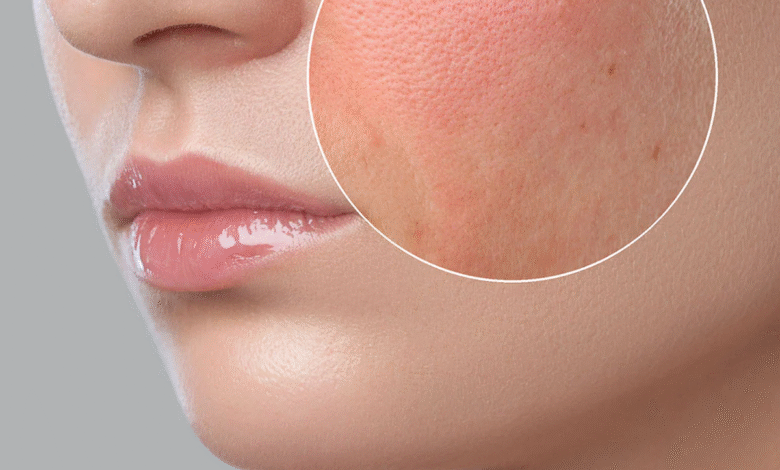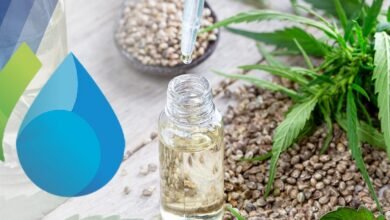The Hydration Blueprint: Expert-Friendly Guide to Understanding & Treating Dry Skin

Introduction
Dry skin (xerosis) affects millions worldwide and ranges from a mild nuisance to a condition that interferes with comfort and daily life. This guide breaks down why skin becomes dry, how to reliably prevent and treat it, and when to seek professional help. The content is written to align with Google’s E-E-A-T principles by focusing on clear, actionable advice, citing the kind of clinical sources and expert consultation readers should seek (dermatologists, primary-care clinicians, and peer-reviewed dermatology literature). Rather than promising miracle cures, this article emphasizes practical, low-risk interventions you can start at home improvements in bathing habits, targeted moisturizers, environmental controls, and lifestyle adjustments while also explaining red flags (intense itching, cracks, bleeding, recurrent infections) that warrant medical attention. Whether you’re managing occasional winter dryness or a persistent problem, this guide aims to empower you with trustworthy steps and sensible expectations.
What causes dry skin and how the skin barrier matters
Dry skin results from a disrupted skin barrier and reduced natural moisture retention. The outermost layer of the skin (stratum corneum) contains corneocytes and lipids that trap water; when that layer is compromised by harsh soaps, hot showers, low humidity, aging, certain medications, or medical conditions water loss accelerates and skin becomes flaky, tight, and sometimes itchy. Environmental factors like cold air or indoor heating strip humidity, while over-exfoliation or frequent use of alkaline cleansers removes protective lipids. Systemic contributors such as hypothyroidism, diabetes, and nutritional deficiencies may also play a role. Understanding the barrier explains why treatments focused on gentle cleansing, lipid-replenishing moisturizers, and humectants (ingredients that attract water) work better than simply adding water. Addressing causative factors modifying bathing routines, improving indoor humidity, and reviewing medications helps restore barrier function and reduce recurrence.
Gentle cleansing, smart moisturizing, and lifestyle tweaks
A simple, consistent routine is the fastest path to relief for most people with dry skin. Start with short, lukewarm showers instead of hot baths and use a pH-balanced, fragrance-free cleanser or a gentle syndet bar to avoid stripping lipids. Immediately after patting skin dry, apply a moisturizer while skin is still slightly damp to lock in moisture look for formulations combining occlusives (petrolatum, dimethicone), humectants (glycerin, hyaluronic acid), and emollients (ceramides, fatty acids). For very dry areas (hands, feet, elbows), thicker ointments or creams provide better protection than lotions. Use a humidifier in dry climates or heated homes, wear soft fabrics (cotton over wool), and protect skin from wind and cold with gloves and scarves. Avoid frequent alcohol-based sanitizers or hand-washing without follow-up moisturization. Small changes doubling down on moisturizers after handwashing, switching to milder detergent, and staying hydrated stack together into meaningful improvement over weeks.
When to treat more aggressively and when to see a professional
Most uncomplicated dry skin improves with the routine steps above, but some signs indicate a need for medical evaluation. If dryness is accompanied by severe itching, widespread redness, painful cracks, bleeding, recurrent infections (yellow crusting or pus), or if it fails to improve after several weeks of consistent care, see a dermatologist or primary-care provider. Some cases might be eczema (atopic dermatitis), contact dermatitis, psoriasis, or a manifestation of an underlying systemic condition requiring targeted therapy. Clinicians may prescribe topical corticosteroids, non-steroidal anti-inflammatory topicals, prescription emollients, or investigate triggers (allergy testing, blood tests for thyroid or metabolic issues). For older adults, dry skin can rapidly progress to fissures and secondary infection; prompt professional guidance reduces complications. When seeking care, bring a concise symptom history and a list of products you’re using this helps clinicians identify irritants or allergic contributors more quickly.
Conclusion
Dry skin is common and usually manageable through gentle care, moisture-retention strategies, and sensible lifestyle adjustments. Restoring and protecting the skin barrier by reducing irritants, using appropriate moisturizers, and controlling environmental dryness delivers the most reliable results. For persistent, severe, or complicated cases, professional evaluation ensures accurate diagnosis and access to prescription treatments when needed. This guide aims to be pragmatic and evidence-aware: take steady, consistent steps and consult a clinician when red flags appear. With the right routine and, when necessary, expert care, most people can achieve measurable improvement and lasting relief.
Frequently Asked Questions (FAQs)
Q1: Which ingredients should I look for in moisturizers for dry skin?
Look for a combination of humectants (glycerin, hyaluronic acid), ceramides and fatty acids (to rebuild lipids), and occlusives (petrolatum, dimethicone) that lock moisture in. Fragrance-free, preservative-minimal formulas reduce irritation risk. For hands and feet choose thicker ointments or creams; for face, non-comedogenic creams with ceramides are ideal.
Q2: How often should I moisturize to keep dry skin under control?
Moisturize at least twice daily immediately after bathing and before bed and after any handwashing or exposure to water. For very dry or exposed areas, reapply more often, especially after washing. Consistency is more important than product “strength”; frequent light applications beat a single heavy application.
Q3: Are there any home remedies that genuinely help?
Humidifiers, avoiding hot showers, wearing protective clothing in wind/cold, and using gentle cleansers are effective low-risk steps. Natural oils (like sunflower seed oil) can help as emollients, but patch-test new products to avoid contact reactions. If home measures don’t improve symptoms within a few weeks, seek medical advice.



